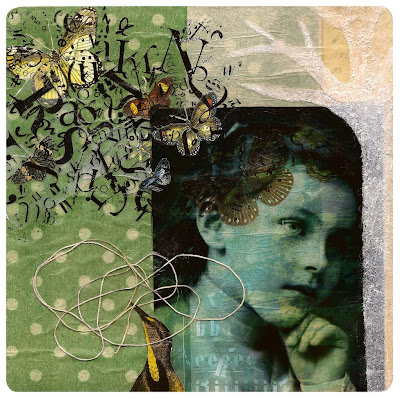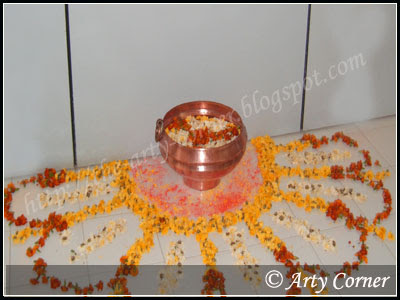
Rene Margritte, Clairvoyance (Self-Portrait)
Reading the New York Times Book Review, one frequently comes across assertions like:
But looking at her writing from this perspective misses the most interesting part: her sentences. No one writing in English today produces anything quite like them. Take, for example, the following passage, early in the novel, in which the principal narrator, an authorial stand-in named Mimi, looks east from the track around the Central Park (or, properly speaking, Jacqueline Kennedy Onassis) Reservoir.
“Windows high above Fifth Avenue flashed the bronze setting of the sun. I will never understand how that brilliant display, mostly blocked by the apartment houses on Central Park West, leaps the reservoir’s expanse. And do not care to understand, demanding magic from this forbidden journey, though the simple refraction of light at end of day may be grammar-school science.”(1)
The reviewer has chosen a specimen, if you will, in order to demonstrate the author's genius. This hardly seems offensive to most of us; this is the critic's job, to make statements like that. But this morning, whether it was because I hadn't slept the night before or because something had finally occurred to me, I found myself questioning the way in which we--I do it too--talk about artists and their work.
Specifically, their finest work.
We read, "No one writing in English today produces anything quite like them." And then, a passage that illustrates the reviewer's claim.
The passage is beautiful; I was certainly moved by it. But let me challenge you to another point of view, a point of view which is provisional and openly philosophical . . .
What we think of as a writer's unique and individual gifts, those sparkling sentences that critics extol--in my present understanding--are really the effervescence of language itself.
What I mean to say by that is, art in poetry or prose is language in its purest, most accessible, most fluid form, nearly on a separate wavelength. It's on a wavelength most of us can hear, just not all of the time. When we hear it, our hearts swoon, our minds expand.
This is a language that is common to all, a language that resonates with large numbers of people. My immediate reaction, like the critic of the New York Times Book Review, is to elevate the artist who created these lines, to point to the individual. But there is something behind this reaction that bothers me.
It seems we like to pick out the gifted as if they were our own shiny fruit. We like to exclaim, "Ah, this is genius!" It gratifies us to make these declarations, and it somehow serves us.
A critic will point to a work of art, or a beautiful sentence, as if it were possible to isolate perfection--to sever the part from the whole, the text from the context. I am doubtful of this ability to zero in on transcendence.
I believe the magical passage, the stunning work of art, is not the watermark of individual genius, but instead the reflection of a higher state of mind. The artwork is evidence of some journey. Art criticism flattens the journey, however, by making it into a vacation. Now it's as if the artist went on a vacation and brought us back a souvenir. We grab for the souvenir at our first chance because it really is magnificent to have such a beautiful thing in our hands. Blinded by the act of possession, having stamped our names across the material object, we see no further--
In this mode of appreciating art, the furthest I can see is not far enough. Fixated on the individual and her gifts, I lose sight of the deeper meaning or beauty in the work of art. By reducing art to the individual, and setting a spotlight on the hand that wrought perfection, I mistakenly short-circuit the whole enterprise of art.
The author's passages, or the artist's brushstrokes, should be signaling the opposite reaction. Art is a universal language, not an individual one. What if we approached the appreciation of art from the other side, from the side closest to the collective "we"? Do we even have a universal language to praise art? Or is our criticism and praise decidedly individualistic?
Furthermore, all art is in flux, even after its creation. This makes it hard to pin down exact marks of genius; evidence for genius seems to move around a lot and vacillate. After all, the concept "art" is in our minds.
In sum, there is no permanent, eternal art. Art wavers between a radiant work of genius, an emblem of culture, a historical artifact, and a hundred other possibilities. Art can be or mean almost anything, as recent -isms have shown. Culture will continue to see it differently as it passes through the kaleidoscope of history.
Artists have in fact done themselves a great disservice by allowing others to praise their works. (I expect you to disagree with me here.) But, suspend disbelief for a moment, what if we attributed an author's sparkling sentences to a state of mind rather than an individual person?
What if we looked upon great works of art, looking beyond the individual creator, and toward something common to all--the underlying language that makes this art so moving in the first place.
Prior to these insights, I trumpeted individualism. I trumpeted individualism because I felt a strong sense of being an individual myself, and I felt a strong sense of being able to identify other individuals. I saw the enterprise of art as essentially individualistic. The artist works alone, the works are understood alone. Art is the conversation between two individuals, one real and one imaginary (the author's ideal reader, or artist's ideal viewer).
But now I'm coming to believe that individualism in art is not what makes it special. Individualism is the coat an artist sheds over time, growing closer to the patterns of her art as she moves further and further away from her individual sense of self. And those moments of greatness, the superb execution, exists outside of the artist. What we point to when we declare, "What genius!" is the second space the artist has created between herself and her work, the plane onto which the universal occurs. Exquisite sentences arise here, but so do many other things, such as wisdom and love and a profound synthesis of mankind and nature.
Could it be that the beauty we perceive in art is not the mark of an individual genius, but instead evidence of a higher consciousness, evidence of a God I don't believe in, or simply the invisible rails between two people who have never met?
















































